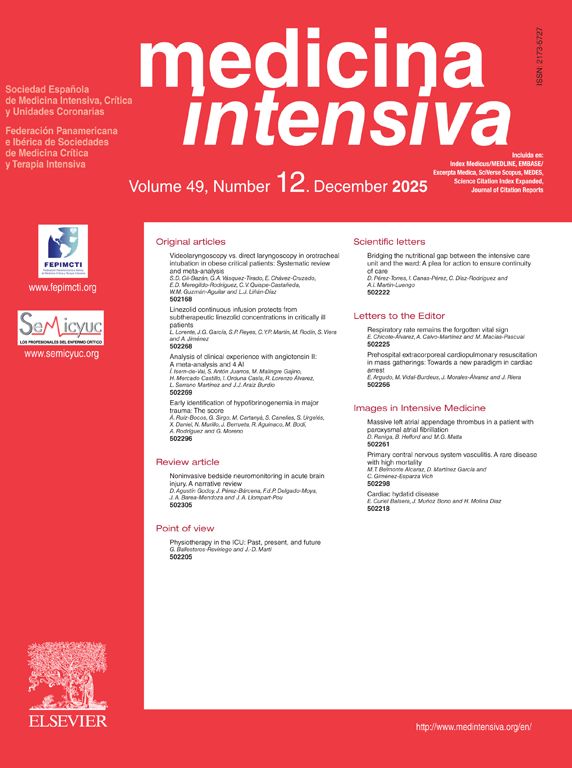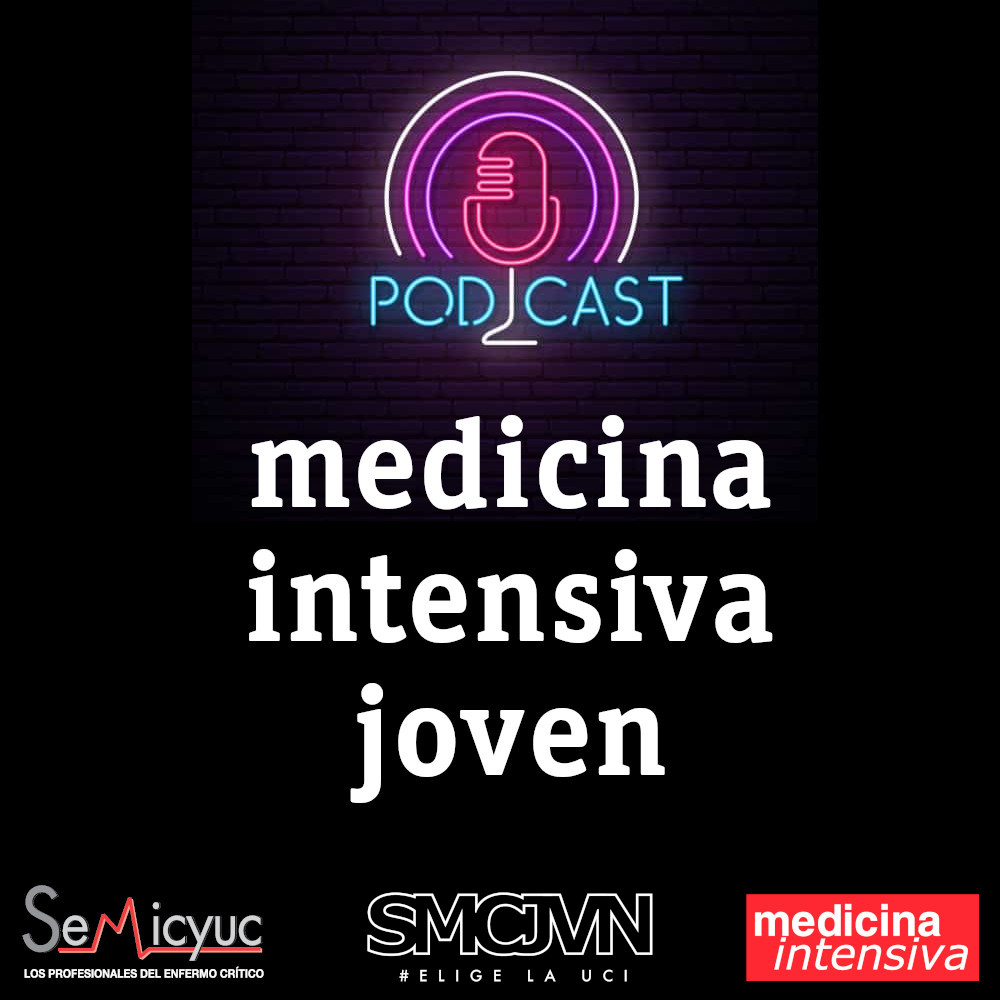We have read with interest the special article on inhaled sedation by the Sedation, Analgesia and Delirium Working Group (GTSAD) of the SEMICYUC.1
Undoubtedly, the clinical management of prolonged sedation in critical patients in the Intensive Care Unit (ICU) continues to raise questions.
However, the introduction of a new medication or technique should be based on safety studies, clinical trials (CTs) and cost-effectiveness studies that confirm it as an alternative to standard clinical practice. For this reason, we wish to express our caution regarding the recommendation of the authors about inhaled sedation as a possible first-line treatment for prolonged sedation, due to the paucity of evidence published to date.
The cited meta-analyses coincide in describing the quality of the included studies as suboptimal and with a risk of publication bias. The study samples are small, with short sedation periods and limited clinical outcomes. The usual primary endpoint is wake time, which is reduced by a few minutes compared with intravenous propofol sedation, with no significant effect on the duration of mechanical ventilation. Therefore, this technique does not appear to be superior to propofol for short periods of sedation.
In terms of cost-effectiveness, the NICE guidelines have reported that only inhaled sedation with Sedaconda ACD-S provides cost savings compared with intravenous propofol when the length of ICU stay is less than 1.5 days.2 In addition, the availability and cost of inhaled therapy remains a challenge for the manufacturers in many countries.
The clinical indications for inhaled sedation reported by the authors are controversial due to the low quality of the evidence. To date, the CTs have demonstrated good quality sedation with limited clinical outcomes such as shorter wake times, less inflammation and reduced opioid use, particularly in patients with status asthmaticus, status epilepticus or difficult sedation.3 Several CTs are currently underway that will add to the evidence in this area (NCT05327296, NCT05312385, NCT04341350, NCT04415060).
In a recent clinical trial of 79 mostly postoperative patients mechanically ventilated for 48 h, the subjects were randomized to inhaled sedation versus propofol and midazolam for an average of 6 days. The patients in the inhaled sedation group had a shorter wake time, but the duration of mechanical ventilation was similar.4 Thus, this technique likewise does not appear to be superior to intravenous sedation for the prolonged sedation of stable patients.
The real dilemma in our setting is the need for prolonged sedation in unstable patients or those with severe acute respiratory failure due to midazolam overuse.5 We agree that a clinical alternative needs to be explored where inhaled sedation may prove useful in this scenario. However, there are no CTs in this patient population and therefore no recommendation for prolonged sedation can be made.
The pharmacological effects of long-term use of inhaled anesthetic on the damaged lungs and other aspects such as renal function, safety of health care workers due to prolonged environmental exposure and contamination, are still important unresolved issues.
Lastly, we noticed that no conflict of interest statement of the authors is included in the main text. This statement is a collective responsibility for complying with the international standards referred to transparency, quality and credibility. Therefore, we believe that such a statement should be readily available, as it would improve critical evaluation by the readers.
In conclusion, the use of inhaled anesthetics in the ICU offers several advantages such as a rapid onset and offset of action, which allow precise titration. However, specific contraindications, patient selection, the need for specialized equipment, and the risk of environmental contamination must be considered. Therefore, we believe that there is little justification for the use of this type of sedation as a first choice in the ICU outside the context of clinical research.




